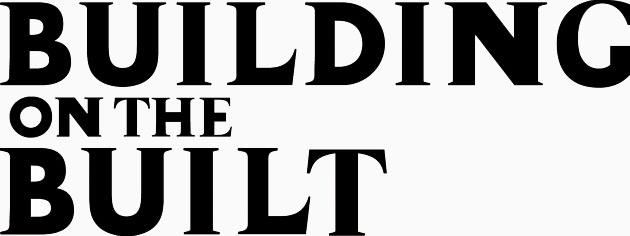Site Specific: Bankei Farm
Domino Architects - Hokkaido, Japan, 2022
Inspired by a modest equipment shed already in use on this farm in Hokkaido, Japan, Tokyo-based Domino Architects modified and extrapolated from standard, commercially available products to create a farm complex that includes livestock pens, adaptable covered spaces and vending machines for fresh eggs and produce.
Together with SEAD, Kazuma Dogin, Domino Architects worked alongside Landscape designers Kosuke Katano, contractor Maruti-Pipehouse and developed the vending machines with nomena.
This is an example of architecture that sits between a pre-existing, established language and a future of adaptation and embellishment by the users. Neither a copy nor a prescription, architecture here is almost purely infrastructural but no less characterful for that.
DA We are constantly intrigued by what the right distance might be between architecture and those who occupy it. In Sapporo, Hokkaido, a 22-hectare forest in the Bankei district - just a 20-minute drive from the city centre - hosts a farm run by Utopia Agriculture, a confectionery manufacturer. Initial developments included a stable, a cowshed, a chicken coop, and a small corner shop selling fresh eggs.
The functions required of a farm handling animals and plants are fundamentally simple and primitive. So, what can architecture contribute to such a place? If the cowshed or chicken coop were transformed into something unfamiliar to its users, might it create discomfort or unease?
While pondering these questions during walks through the Bankei mountains, we stumbled upon a charming tool shed built by a local farmer. Constructed with plastic roofing sheets and log poles, the shed was perfectly sized to house a tractor and farming tools, with garlic and onions hanging from the beams. It felt like a custom-made tool crafted by a seasoned artisan—and it really felt “just right.” This fortunate encounter gave us insight into what the farm should be.
We developed a custom frame based on an existing product—an agricultural pipe house from a local Hokkaido manufacturer—which serves as the building's skeleton. With optional parts readily available at agricultural equipment stores, expanding the pipe house's functionality is straightforward, whether it involves adding openings, installing nets, or attaching fittings.
Silver heat-reflective sheets were chosen as the primary exterior material to reduce heat load. In summer, these sheets can be bundled like opera curtains to improve ventilation, while in winter, they can be closed for better insulation. Periodically, transparent vinyl panels replace sections of the sheets to allow sunlight in. One corner of the farm features an unmanned egg vending station, equipped with a custom-designed vending machine whose mechanism is kept as simple as possible, making it easy to repair if needed.
This farm doesn’t just produce milk and eggs; it is also an experiment in circular dairy farming, aiming to revitalise the forest ecosystem by allowing cows and horses to roam freely in the mountains. As they roam, their hooves naturally aerate the soil, promoting nutrient circulation. By feeding on overgrown vegetation like bamboo, they help the undergrowth flourish and stimulate the germination of dormant seeds, contributing to the forest's overall rejuvenation.
Efforts are also made to raise chickens in a low-density environment that closely mimics their natural habitat. Inside the coop, vegetation zones are densely planted with a variety of native Hokkaido plants and herbs, including haskap berries, Siberian crabapple, horseradish, and Japanese knotweed. Besides their regular feed, the chickens enjoy fruits, flowers, and insects that gather around them.
Unforeseen challenges are inevitable when working with animals and plants. It was essential for the farm to have a space where people could adapt and make adjustments as needed. Through continuous refinements, we aimed to create a building that would not only become more user-friendly over time but also develop a unique character specific to this place—like a well-crafted tool.
NOTES
Many thanks to Tsukasa Tanimoto for submitting this project and for his help in posting this article.
For more on the work of Domino Architects see their website here.
Photography by Gottingham.
Posted 22nd November 2024.
